Latest Reports
Alabuga’s Greatly Expanded Production Rate of Shahed 136 Drones
by David Albright, Dr. Igor Anokhin,[1] Sarah Burkhard, Victoria Cheng, and Spencer Faragasso
May 10, 2024
Over the last two years, Russia has launched thousands of Shahed 136 drones against Ukraine. Although most of these relatively noisy, slow-moving drones have been shot down, about 15 percent on average have gotten through, causing immense damage to Ukraine’s military and civilian infrastructure. The Russian manufacturer of these drones, JSC Alabuga, contracted with Iran in early 2023 in a $1.75 billion dollar franchise deal to supply 6000 of the drones to the Russian Army by September 2025 in a three-stage arrangement, shown in Figure 1. While there were initial delays and skepticism about Alabuga being able to supply 6000 drones, data on Russian launches of Shahed drones collected by the Ukrainian military indicate that Alabuga is ahead in its production schedule and has already supplied approximately 4500 of the promised 6000 drones as of late April 2024.
Based on these data, Alabuga has almost tripled its average production rate recently. It has, for the last several months produced Shahed drones at an average rate of about 20 drones per workday, equivalent to two shifts per day at the production facility, compared to a contract amount for 2023 of about 7 drones per workday followed by 10 drones per day. At this new rate, about 5200 drones per year, Alabuga could fulfill its commitment of supplying 6000 drones a year early, by mid-August 2024, and it could supply an additional 5400 drones by September 2025.
Number of Shahed 136 Launched by Russia
The Ukrainian Air Force, among others, publicly releases daily figures and periodically cumulative tallies of the number of Shahed 136/131 drones Russia has launched against Ukrainian targets. The values vary slightly among those tabulating the daily counts, reflecting inevitable uncertainties in counting and observing drones. For this report, we are relying on the Ukrainian Air Force estimates for the daily counts that are then aggregated into monthly totals.
From the start of the full-scale invasion in 2022 to the end of 2023, Russian forces attacked Ukraine with nearly 4,000 drones;2 adding monthly tallies for January through April 2024 results in 5628 as of the end of April 2024. It should be noted that this number is not as precise as four digits would imply. Table 1 shows the cumulative value through December 2023 and monthly figures afterwards, tabulated by the Institute from daily values published by the Ukrainian Air Force.
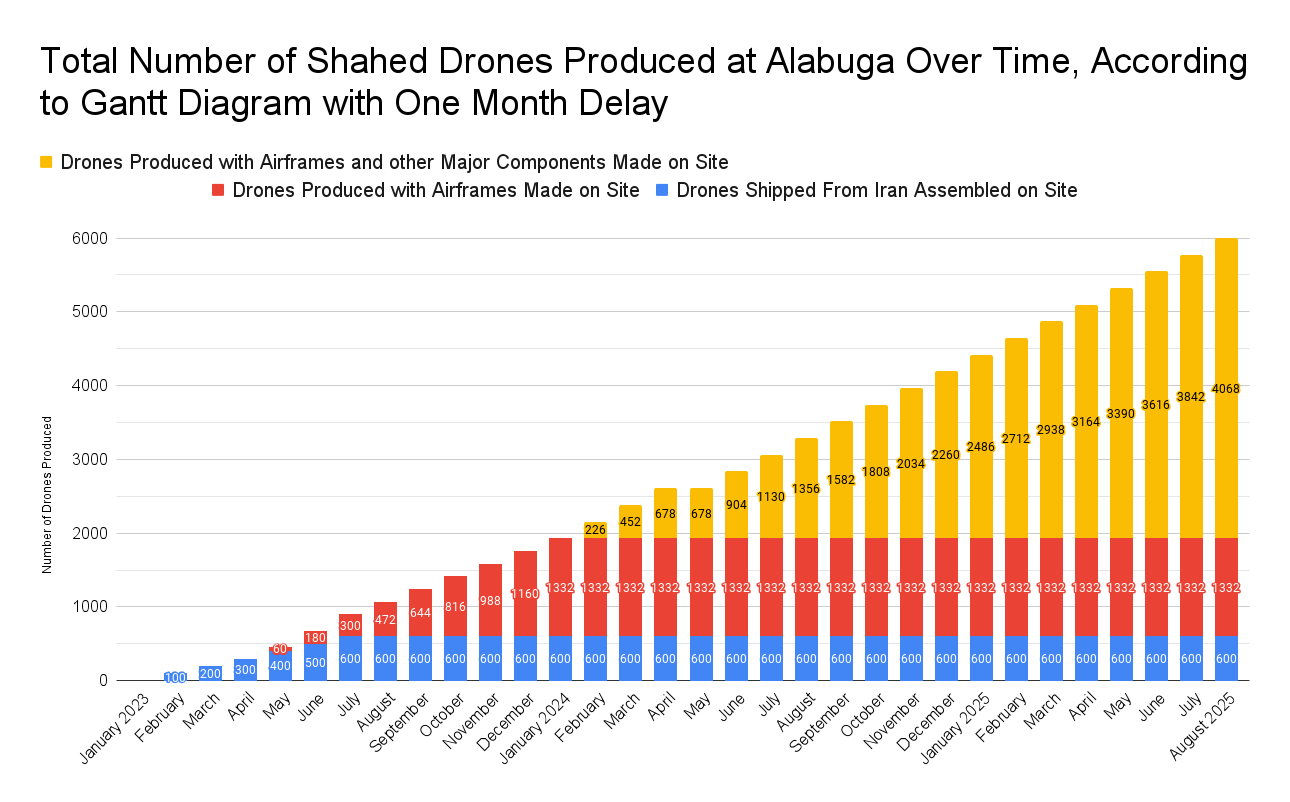
Figure 1. The planned batches of 100 disassembled drones delivered by Iran in February and March 2023 amounted to only 44 drones, and Iran delivered a larger batch of 356 in April 2023, for a total of 400 drones, catching up on its promised deliveries of disassembled Shahed drones.
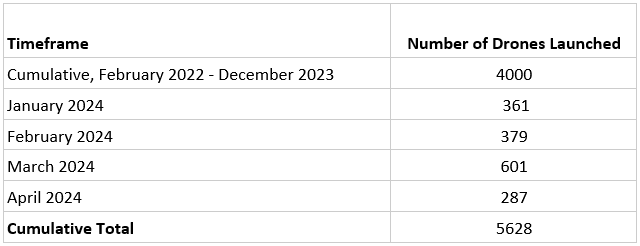
Table 1. Shahed 136 launches against Ukraine. Values from Ukraine Air Force tallies.
As a check on the numbers listed above, the cumulative number reported as of February 22, 2024, was 4637 Shahed 136 drones.3 The daily figures further state that from February 23 to February 29, inclusive, Russia fired 98 Shahed drones. Adding this value to 4637 gives 4735 drones. Further adding the values for March and April results in 5623, very close to the cumulative value in the table as of the end of April.
An effort was also made to tally the daily reported numbers by month starting in April 2023, to compare the cumulative number of drones launched over time to Alabuga’s cumulative planned production (see Figure 2). Figure 2 compares the number of drones Alabuga planned to supply to the number of drones launched by Russia, showing that the values line up from May 2023 - August 2023. In September 2023, the numbers start to deviate, with Alabuga supplying increasingly more drones to the Russian military than initially planned, reaching about 4500 by the end of April 2024.
Summing up all the monthly launches from April 2023 to April 2024 results in 4461. Adding 1000 Shahed drones launched between mid-October 2022 to mid-April 2023 leads to 5461.4 However, the 1000 drone value, which covers the “heating season” of Ukraine does not include some initial Shahed 136 launches in September 2022 and the first half of October 2022, which amount to another 100 Shahed 136 launches, using values found in a Wikipedia article, giving a total of 5561.5 This value differs by only about 67 from the value in Table 1 of 5628 drones
Figure 3 charts monthly Shahed 136 launches starting when Alabuga first started supplying drones to the Russian Army. It shows a trend of increasing launches overall, but also a pattern that has lasted for about a year of a month of escalating drone strikes following two-to-three-month periods of fewer drone strikes. This could reflect Russian Army stockpiling of drones for periodic use in mass-scale attacks or fluctuations in the supply of drones from Alabuga.
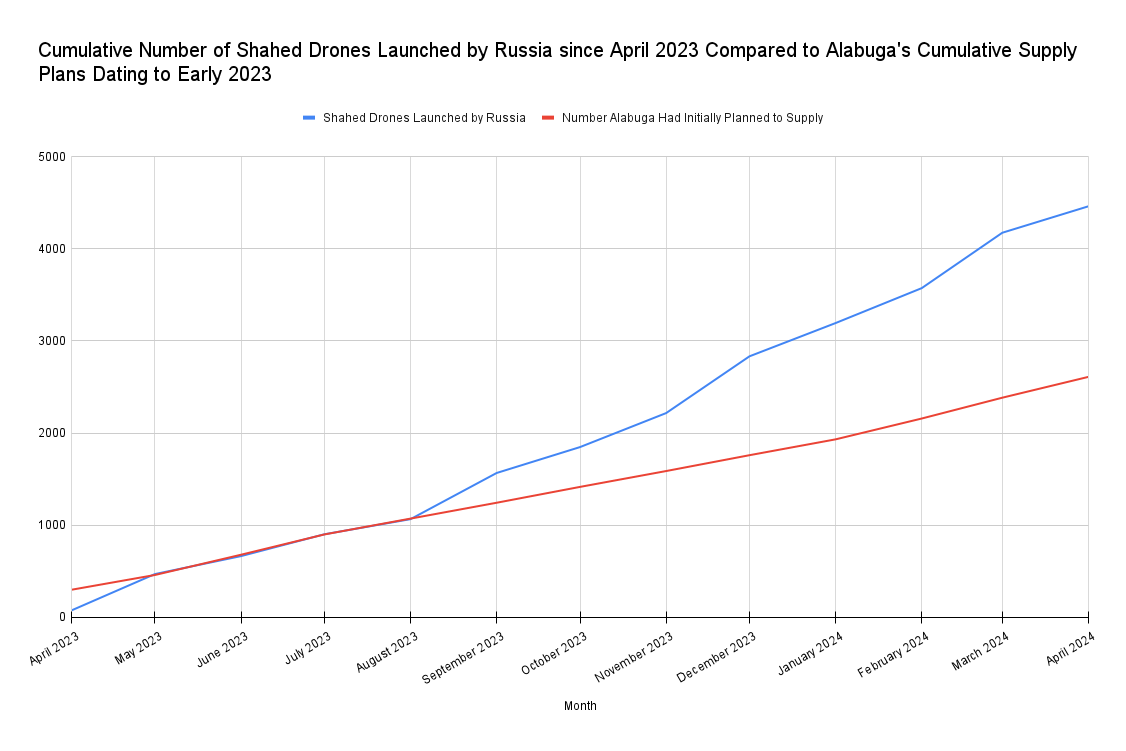
Figure 2. Number of Shahed drones launched by Russia since April 2023 compared to Alabuga’s initial supply plans shows Alabuga ramped up production.
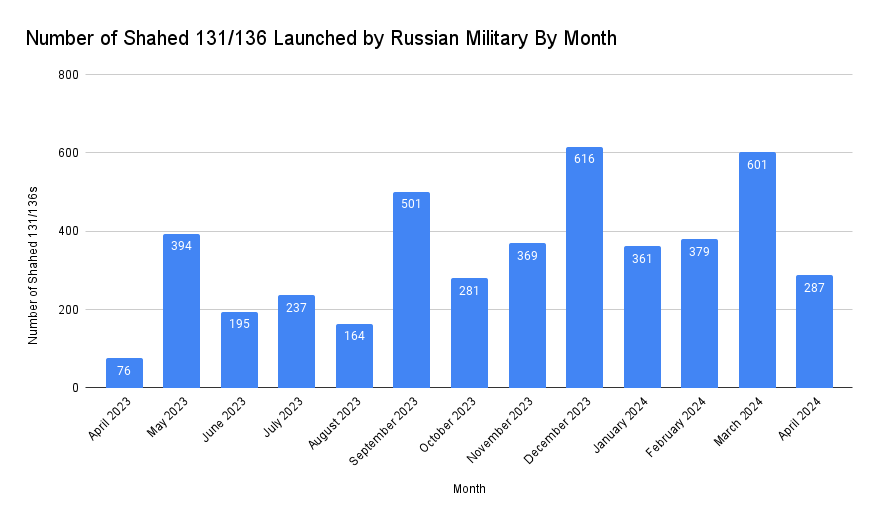
Figure 3. Number of Shahed 136/131 drones launched by Russia by month, covering April 2023 through May 2024, according to data published by the Ukrainian Air Force.
The numbers in Table 1 allow for an estimate of the production rates at JSC Alabuga. Starting with the cumulative value of approximately 4000 Shahed drones launched through the end of 2023, it is necessary to subtract out those not manufactured by Alabuga or delivered by Iran directly to the Russian Army. This includes about 1100 Shahed drones launched before Alabuga provided drones to the Russian Army. In addition, Iran provided Alabuga with 600 disassembled drones in the initial stage of the contract. This means that in the nine months from April through December 2023, Alabuga manufactured at least the airframe for 2300 Shahed 136 drones, or an average of 256 per month. This is a larger number than expected for 2023 from the initial contract, where the value was slated to total 1332 drones for a monthly average of 148 drones per month.
Alabuga documents show that the Shahed drone production facility was designed to make 10 drones per shift (see Figures 4 and 5). Assuming a five-day work week and 52-week operation, the plant operating at one shift per day could produce about an average of 217 drones per month or about 2600 drones per year. The contract quantity for 2023 was smaller, at an average of 6.9 drones per day, but the actual production rate for 2023 was on average 11.8 drones per workday. This means that Alabuga was operating slightly more than one shift per day and significantly exceeding its planned production rates for 2023. For 2024, Alabuga planned in its contract with Iran for an average monthly production rate of 226 per month, or about 10.4 per workday, about one full shift per workday. However, daily average production appears to have increased again in 2024, for an average of 18.8 drones per workday, or 407 drones per month, or two shifts per workday. Table 2 shows these results.
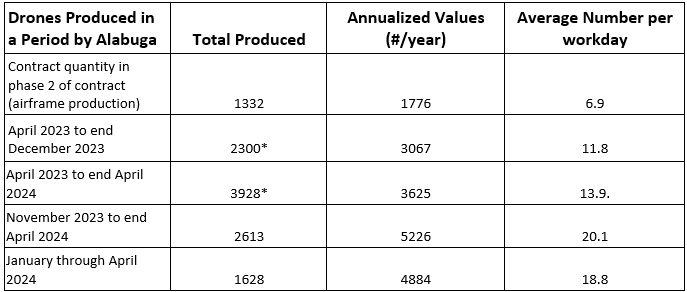
Table 2. Alabuga Shahed 136 Production Rates. The estimates in line two of the table and below are equating monthly launches of drones with number produced. Over many months, this estimate is more accurate. *600 drones were subtracted from the number of drones launched to account for 600 drones assembled, but not produced by Alabuga
The outsourcing of additional component production to other Russian enterprises, such as the production of warheads, likely played a critical role in enabling Alabuga to ramp up its drone production. In early schedules, the transition from airframe manufacturing to airframe and major component manufacturing occurred step wise and included breaks in the production schedule.
Another possible explanation of increased Shahed supply is that Iran provided Alabuga with Shahed Seeker drones, as was discussed during a trip to Iran in April 2023. However, we are assuming that the Ukrainian Air Force can differentiate between Shahed 136 and Seeker drones, which look similar.
The plan to make 10 drones per shift also means that there is room for additional production in its existing production facility if resources and labor are sufficient. Operating around the clock, namely three shifts per day and 7 days per week, all year, Alabuga could produce 10,950 drones per year, a number that was discussed in at least one instance. But to do this, Alabuga would need to greatly increase its workforce and production of components as well as developing a reliable, fulsome supply chain for raw materials and parts, many of which come from China, but also the West.

Figure 4. A finalized production design drawing with utility and equipment requirements for production of Shahed 136 drone parts in Alabuga building 8.2. The highlighted text below the building schematic translates, via DeepL, as: “Production capacity 10 pieces per shift,” where pieces refer to drones.

Figure 5. Building 8.2 design drawing showing areas where Alabuga would make Shahed 136 drone parts, where most of the space is dedicated to making the fuselage, aka airframe. The diagram was produced by Alabuga in cooperation with Iran as part of the contractual technology transfer concerning the production layout and throughput for Shaded 136 drones. Originally published by Washington Post.
1. Igor Anokhin’s affiliation is the Institute for Nuclear Research, National Academy of Science of Ukraine. ↩
2. Myroslava Tanska-Vikulova, The Counteroffensive: Behind the scenes with a Ukrainian drone-hunting unit,” Kyiv Independent, April 29, 2024, https://kyivindependent.com/the-counteroffensive-behind-the-scenes-with-a-ukrainian-drone-hunting-unit/. ↩
3. UNN, “Since the beginning of the invasion, the Russian Federation has fired more than 8,000 rockets and 4,637 “shaheds” into Ukraine - Ignat,” February 22, 2024, https://unn.ua/news/rf-z-pochatku-vtorhnennia-vypustyla-po-ukraini-ponad-8000-raket-ta-4637-shakhedy-ihnat. ↩
4. In the six months of the previous heating season [oct 15 2022 to April 15th 2023], Russia launched over 1,000 Shaheds against Ukraine, Martin Fornusek “Air Force: Russia to launch record number of Shahed drones this fall, winter,” Kyiv Independent, October 8, 2023, https://kyivindependent.com/air-force-russia-to-use-record-number-of-shahed-drones-this-fall-winter/ Alabuga was delayed receiving drones from Iran until April and afterwards. ↩
5. “List of Shahed 136 UAV Attacks,” Wikipedia, https://uk.wikipedia.org/wiki/%D0%9F%D0%B5%D1%80%D0%B5%D0%BB%D1%96%D0%BA_%D0%B0%D1%82%D0%B0%D0%BA_%D0%91%D0%BF%D0%9B%D0%90_Shahed_136. ↩
 twitter
twitter




